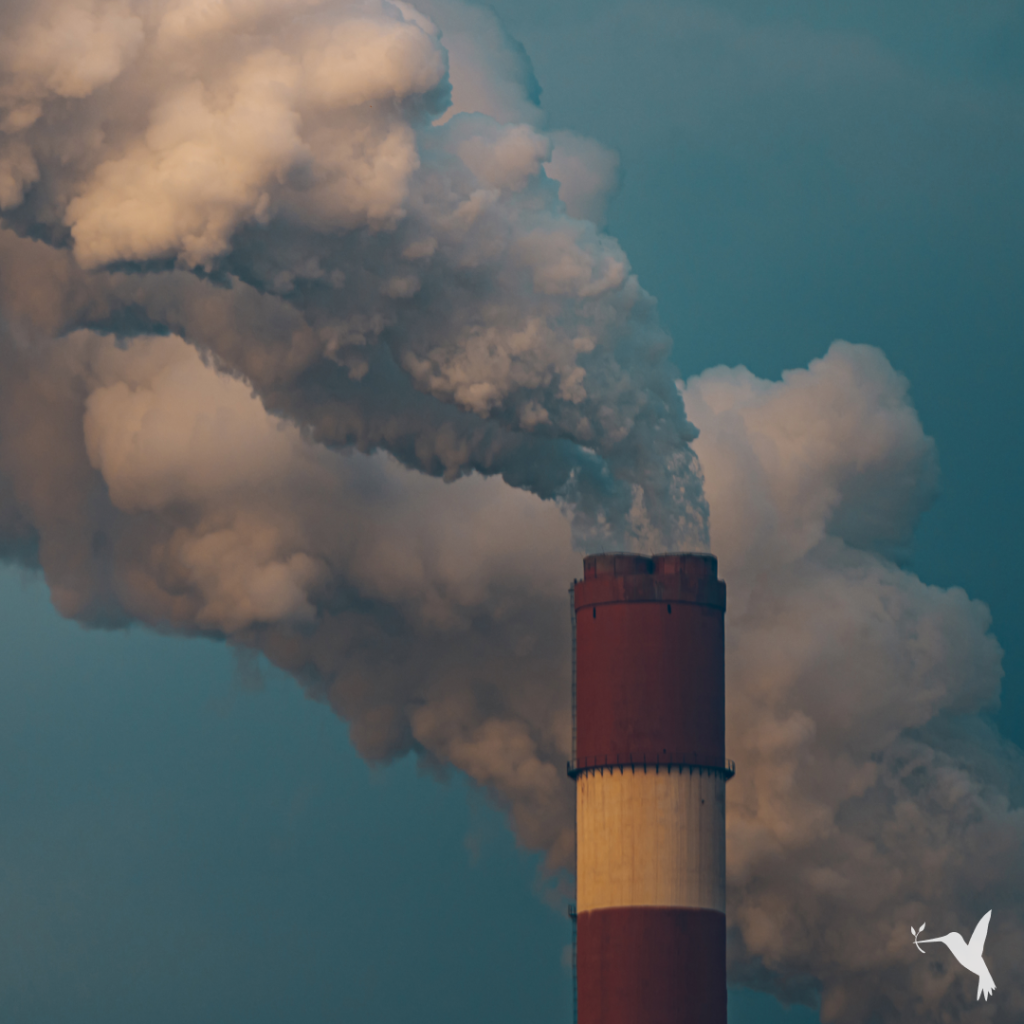What Is Carbon Finance?
The Odd Logic of Carbon Finance
Here is a solution for heart disease. If I, a vegetarian, eat a salad, I will sell you, a large corporate fast food chain, the positive results of my blood test for cholesterol. You can buy the results and promote wellness.
This comparison is a way to begin to understand the big and complex world of carbon finance.
Is there value in monetizing even what we don’t create? Since we are working within a capitalistic structure, there could be. But will it work?
Carbon finance isn’t a totally new concept. In 1997 with its Kyoto Protocol, the UN established carbon markets as a resource to aid in decreasing carbon emissions and mitigating climate change. The tool places a financial value on carbon emission and a process for carbon emissions “trading.”
This may sound a little crazy, putting a price on our wastefulness, trading our accountability to the environment across industries and ultimately, for money. It may seem like we’re willing to do anything other than reduce our dependence on carbon. Or it could be one part of a larger, multifaceted solution to the global climate crisis.

It is all these and more.
Here are some of the most important things to know about the world of carbon finance.
Carbon finance is a general term that refers to a system of monetizing carbon output and incentivizing reduced carbon emissions. Basically, companies can buy and sell their carbon output.
How Does Carbon Finance Work?
Businesses and organizations earn carbon credits for engaging in activities that reduce emissions. Companies wishing to offset their own emissions can buy carbon credits from more sustainable projects. A business that cannot–or will not–reduce carbon through their own internal processes, perhaps because it costs too much, can compensate by contributing to sustainable projects.
They offset their remaining greenhouse gasses by purchasing the carbon that was not produced by other companies, thereby “decreasing” their carbon output.
The exchange typically takes the form of an annual payment to a project partner. The partner entities can be public, private, or NGOs, as long as they are operational in approved emission reductions.
Who are the partners? These include organizations like American Carbon Registry, Gold Standard, The Nature Conservancy, and many more. They are mostly big organizations with a lot of capacity and extensive reach.
The Benefits of the Carbon Market
Carbon finance encourages innovation and climate resilience. It incentivizes new and ongoing sustainable projects and motivates organizations to focus on creative energy solutions that will continue reducing emissions.
Additionally, carbon financing boosts the financial viability of cutting-edge projects and generates added revenue streams. Ideally, it allows for a transfer of technologies, knowledge, and expertise and a means for leveraging new public and private investment in climate-conscious projects around the world.
For example, Conservation International has developed the largest portfolio of forest carbon projects since the Carbon Fund’s launch in 2009, having raised more than $30 million to build local partner capabilities and support more than 20 projects in 12 countries.
Naturally, there are challenges within the world of carbon markets.
The Downside of Carbon Finance
As with most economic and social systems, inequality and corruption are part of the game. Carbon markets are not any more transparent than traditional markets, and unsurprisingly, they create a lot of income for certain professionals–consultants, carbon brokers, nonprofit administrators, and project developers, while leaving many others on the outside. There is very little independent and democratic oversight in the system. Instead, there are many revolving doors between the business, policy, NGO and university worlds, fuelling accusations of corruption.
And of course, many big polluters have shirked their responsibilities to reduce carbon by buying up carbon credits. While the credits are incentives for reduced emissions in organizations that are already doing this work, at the same time they are incentives to big polluters who may find it cheaper to spend money on the credits than implement actual carbon reduction and do something good for the earth.
Does that make it a wash? Perhaps. According to The Guardian, to date there have been few, if any, measurable reductions in greenhouse gas (GHG) emissions that can be attributed to these measures.
Carbon Finance for Small Producers?
Another problem is how small companies and producers cannot easily access this type of credit or finance. How does a small producer even break into the world of carbon finance? It’s like someone from a rural community in the global south stepping onto Wall Street to begin investing.
Many of them are doing valuable work in reducing emissions and these reductions could be worth money for them. Their work is already valued by the earth and by those of us living here, but it is challenging for them to receive that value back within this conceptual framework of emission finance.
In some countries, there are initiaves that help small producers access carbon credits. One good example is Sekem in Egypt. Sekem offers an inspiring example of many sustainability solutions, from helping small rural farmers in Egypt transition to biodynamic agriculture, to operating schools and pharmacies around their communities.
But without a strong and ambitious initiative to provide this kind of support, small farmers and producers may not have the capacity to even break into the world of carbon finance, even though there may be a lot of economic value for them there.
The Future of Carbon Markets & True Climate Solutions
The idea behind carbon finance is interesting and creative. It provided a framework for innovation in sustainability. It may not have shown any tangible reduction in carbon emissions yet, but certainly it is a valuble incentivizing tool. As with many good ideas, there is value and there is the potential to become damaged by an already corrupted system.
Alternatively, there are some companies that are done with worrying about emissions altogether and have rather decided to invest in the inevitable outcome of a warming planet. Is this a dire outcome? Or positively opportunistic?
One quality of our species is that we are continuously creative. Will our creativity lead us to the solutions for the climate crisis? Or merely to more climate-change friendly products?
Fortunately, there are companies, farmers, and producers, humans all over the world who continue to honor the earth and life upon it with their work. We are fortunate to know many of them, and we are proud to connect our growing network of producers with our growing community of conscious consumers.

Take a look through our marketplace to discover the profiles of over 1,000 producers in 85 countries. Read through our Producers Stories platform to learn about everything from the history of your favorite foods, to the inspiring stories of some of our favorite producers and new technologies and practices. Follow your products from their origin to your plate with our traceability tool, StoryBird.
And don’t forget to connect with us on all our channels where you will see we have hope that through building new, transparent, holistic systems, the earth will be a healthier place for all of us.

